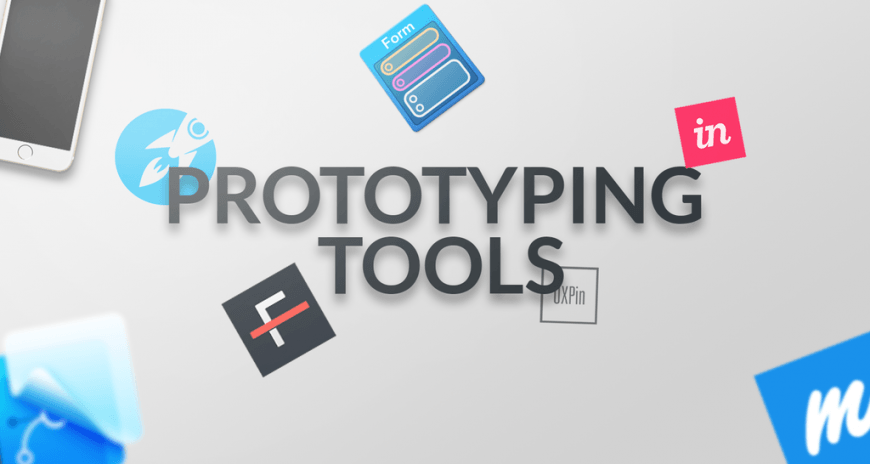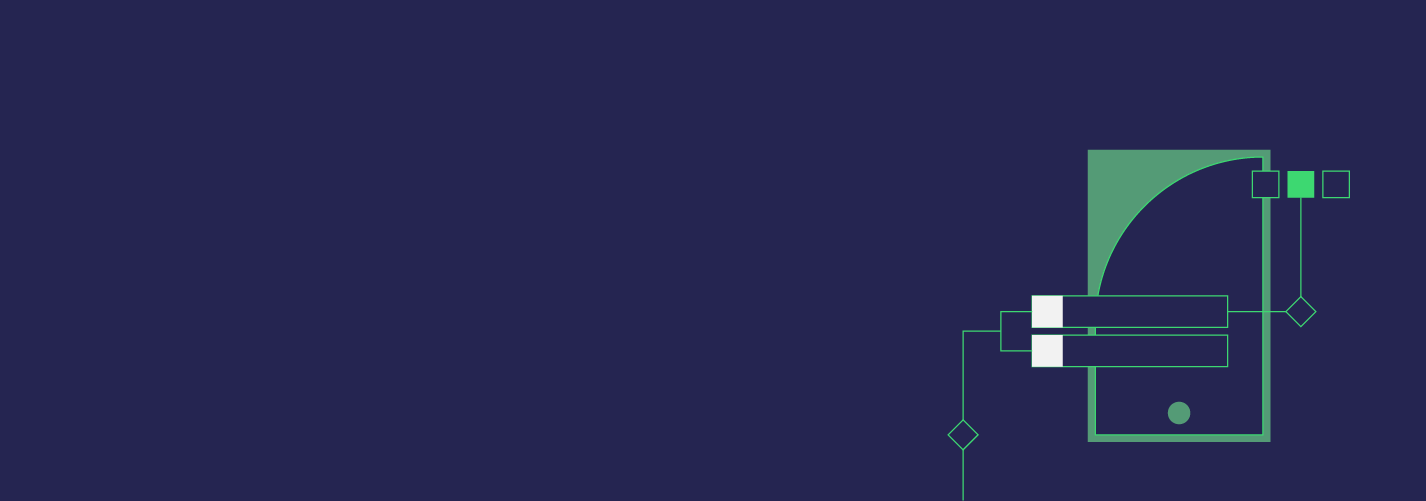Introduction
Product design is an especially high priority for startups and businesses because of the constantly growing digital world. As a result, this creates an opportunity for creative individuals to become product designers. Listed below are several techniques that can help you start a career in product design as Product Designer.
Understand design prototyping tools
It is important to know the different product design prototyping tools that are currently being used by professional designers. Some of the best prototyping tools for designers include Adobe XD, Figma, and Sketch. Of course, there are several other tools in the market, but these are a good start to understanding how to design a prototype product.

Learning how to use these product design prototyping tools will help you improve your skills. YouTube is a great place to learn prototyping basics for free. You can also access in-depth tutorials directly from the design software’s website or blog. Take your time to become comfortable with the design tool of your choice.
Having a clear workflow goes hand in hand with understanding product design prototyping tools. If you do not know how to export assets, properly name files, or sort layers within a file, you will have an inefficient and disorganized workflow. As a result, be sure to create a workflow that is understandable to other designers, managers, or clients.
Solidify your design process
What is the design process?
As a growing Product Designer, it is essential to have a working design process. The design process helps designers work through a design problem while clearly explaining the steps to the final outcome or solution. Designers should be able to effectively communicate their process, especially in interviews or work scenarios.
Human-centered design approach
The design thinking process is useful in providing solution-based approaches to problem-solving. Incorporating a human-centered design approach is an important step in this process. As a designer, you should have a strong understanding of the users you’re designing for.
Source: theuxblog.com <Graphic image of product design prototyping tools and a cell phone>
Additionally, designing ethnically is a good practice to have in your product design process. Ethical product design focuses on human-centered design, where you begin by taking your users and their needs into consideration. These considerations should be edge cases and criteria that do not exactly fit into one category. For example, broaden your approach to demographics through different gender types, cultures, and ethnicities.
Build a portfolio
Your product design portfolio should include projects that reflect the type of work you want to get hired for. These projects do not have to be paid, as long as you are able to showcase your design process and final design solution(s) in a professional manner. It is recommended to have at least 3 projects that you can confidently talk about.
Some ways you can learn how to build a product design portfolio would be YouTube or product design courses, which will be covered in the next section. You can also closely follow a product designer portfolio template. This template would essentially help you structure your product design portfolio to ensure that you do not miss any important steps of the design process.
Product design projects should be an engaging short story; where the reader can learn about the project, goals, end solution, and more. If you do not know what kind of project to work on, try identifying any user problems that are currently being faced in the world. One major objective for a product designer is to create solutions to benefit people.
Take design courses
There are several options for taking product design courses online. One well-known option would be boot camps, which have become increasingly popular over recent years. These courses can be taken in-person, online, or a combination of both depending on the program.
Online boot camps
Bootcamps cover multiple areas for becoming a professional Product Designer. Additionally, boot camps would introduce you to product design in order to gain knowledge on the different skills needed. You’ll be able to learn from experienced design professionals within the industry as well.
Most boot camps give you the opportunity to work with real clients, helping you build your product design portfolio. Course objectives of product design and development may include gaining hands-on experience, receiving industry insights, and career advice. Other objectives include training that provides opportunities for growth and development within the product design industry.
Conclusion
In this article, we covered several methods to help you start your career as a Product Designer. Some areas you should consider when becoming a Product Designer would be understanding design tools, articulating your design process, and having a well-structured portfolio with several projects. Your work and design process will continue to evolve over the course of your career, but having a solid foundation makes a big difference.




